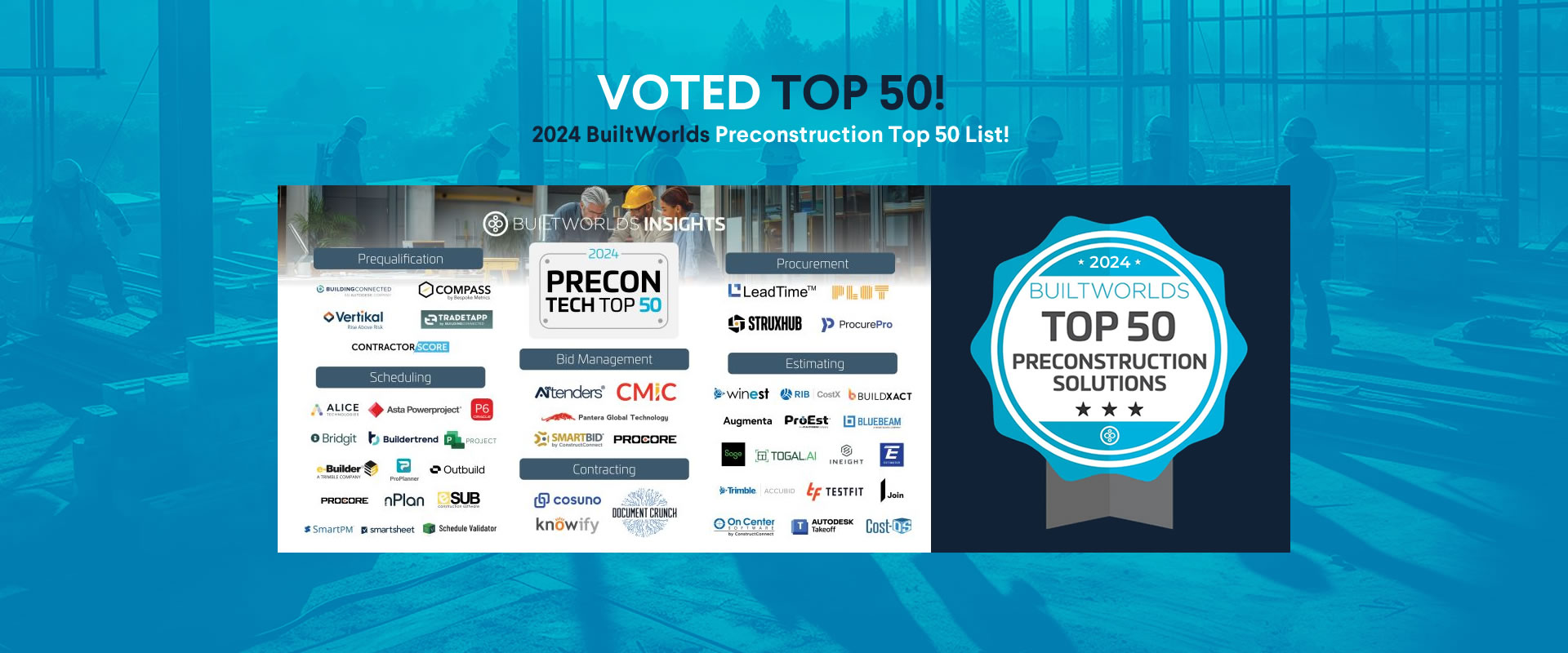Building the Future: 12 Emerging Technologies Redefining Commercial Skyscraper Construction
Table of Contents:
A Skyline Transformed by Innovation
In an era where the skyline is constantly evolving, commercial skyscraper construction stands at the forefront of architectural innovation and engineering marvels. The towering skyscrapers that grace our cityscapes are not merely structures of concrete and steel; they are symbols of human ambition, progress, and the relentless pursuit of reaching new heights—both literally and figuratively.
Skyscrapers have always captivated our imagination. They represent a fusion of artistic vision and engineering prowess, where architects dare to dream and engineers work tirelessly to turn those dreams into towering realities. These structures have transcended their utilitarian purposes to become iconic landmarks, cultural symbols, and testaments to human ingenuity.
But what truly sets apart the skyscrapers of today from their predecessors is the integration of cutting-edge technologies. These technologies are not just redefining the aesthetics but also enhancing the functionality, sustainability, and efficiency of these colossal edifices. In this comprehensive guide, we embark on a journey to explore the 12 pioneering technologies that are reshaping the very essence of skyscraper construction.

The Dawn of a New Skyline
The construction of skyscrapers is a testament to our ceaseless pursuit of progress. These vertical marvels not only house offices, residences, and commerce but also encapsulate the spirit of innovation that defines our age. The modern skyline is a canvas where architects and engineers paint their visions, pushing the boundaries of what is possible.
The advent of emerging technologies has breathed new life into the world of skyscraper construction. It’s not merely about reaching greater heights; it’s about creating sustainable, intelligent, and awe-inspiring structures that leave a lasting impact on our cities and our planet.
The Marriage of Aesthetics and Efficiency
The skyscrapers of today are not just soaring giants of glass and steel; they are intricate works of art that seamlessly blend aesthetics with efficiency. Architects are no longer bound by the limitations of conventional construction methods; they can dream big and design bold.
These towering giants often serve as the architectural jewels of our cities. They challenge the status quo and redefine our understanding of what is possible in design and engineering. The infusion of artistry and innovation results in structures that not only house people and businesses but also inspire, evoke emotions, and serve as symbols of progress.
Sustainability as a Cornerstone
In a world increasingly conscious of its environmental footprint, sustainability has become a cornerstone of skyscraper construction. These towering structures are no longer seen as energy-consuming behemoths but as beacons of responsible living and ecological consciousness.
The use of eco-friendly building materials, energy-generating technologies, vertical gardens, and green spaces has become the norm rather than the exception. Skyscrapers are now designed to minimize their carbon footprint, reduce energy consumption, and even generate their own power. Sustainability isn’t just a trend; it’s an integral part of the skyscraper’s DNA.
Efficiency Beyond Imagination
Efficiency has taken center stage in skyscraper construction. From modular construction techniques that reduce construction time to advanced fire suppression systems that ensure safety, every aspect of building these giants is meticulously optimized.
Artificial Intelligence (AI) and Machine Learning have made their presence felt by optimizing construction processes, predicting maintenance needs, and enhancing design efficiency. These technologies aren’t just tools; they are the brains behind the skyscraper’s operation.
A New Era of Safety
Safety has always been paramount in skyscraper construction. The incorporation of seismic dampers ensures that even in earthquake-prone regions, skyscrapers stand tall. These ingenious devices absorb and dissipate seismic energy, protecting both the building and its occupants.
Advanced fire suppression systems, equipped with mist technology and automated detection tools, offer enhanced safety. In the rare event of a fire, these systems respond swiftly, minimizing damage and ensuring the well-being of all inside.
The Robots at Work
Robotic automation has made its way to the construction site. Robots handle tasks that are repetitive, dangerous, or require extreme precision. They assist with welding, painting, bricklaying, and even site navigation, reducing human error and enhancing safety.
Furthermore, robotic exoskeletons are revolutionizing the well-being of construction workers. These wearable devices assist in carrying heavy loads, reducing physical strain, and enhancing overall productivity.
The Digital Blueprint
Building Information Modeling (BIM) technology offers a digital twin of the skyscraper. Architects, engineers, and builders collaborate seamlessly, ensuring that every element is meticulously planned and executed. BIM isn’t just a blueprint; it’s a digital guardian that watches over the skyscraper’s well-being.
Moreover, augmented reality (AR) and virtual reality (VR) are being integrated with BIM, allowing stakeholders to visualize the finished skyscraper and make informed decisions during the design and construction phases.
Shaping the Skyline of Tomorrow
As we conclude our exploration of these 12 emerging technologies, it’s clear that skyscraper construction is on the brink of a revolution. These innovations are not just reshaping skylines but also redefining what it means to build sustainably, efficiently, and intelligently.
1. Eco-Friendly Building Materials
Sustainability Meets Creativity
The fusion of sustainability and creativity has never been more evident than in the evolution of skyscraper construction. Architects and engineers are now able to envision eco-friendly skyscrapers that not only serve as symbols of progress but also as beacons of responsible living. Vertical gardens are turning urban landscapes into lush oases. These cascading greenery-covered skyscrapers not only provide a breathtaking sight but also contribute to cleaner air in the city. They act as natural air filters, removing pollutants and reducing the carbon footprint of the building.
In addition to vertical gardens, innovative materials like cross-laminated timber (CLT) are gaining popularity. CLT is not only environmentally friendly but also provides structural strength, making it an ideal choice for sustainable skyscraper construction. Moreover, recycled steel is being used extensively, reducing the demand for new steel production and lowering the environmental impact.
2. Advanced 3D Printing
Crafting the Future with Precision
3D printing is revolutionizing skyscraper construction by allowing intricate designs to be created with precision and speed. This technology reduces waste, speeds up construction, and enables the creation of complex, customized architectural elements. Architects can now explore bold and unconventional designs that were previously challenging to execute.
Furthermore, 3D printing is being used for on-site concrete printing. This method allows for the rapid construction of walls and structural elements, reducing construction time significantly. The ability to print building components on-site opens up new possibilities for efficiency and design flexibility.
3. Smart Glass Technology
Intelligent Exteriors
Smart glass, with its ability to change opacity and control light and heat transmission, is transforming building exteriors. This technology not only enhances energy efficiency but also offers dynamic aesthetic possibilities. It can automatically adjust its tint to reduce glare and heat, providing a comfortable interior environment while reducing the reliance on artificial lighting and air conditioning.
Moreover, smart glass can incorporate photovoltaic cells, turning windows into energy generators. This not only reduces the building’s energy consumption but also contributes to sustainable power generation.
4. Drones in Construction
Taking Skyscraper Surveillance to New Heights
Drones are playing a crucial role in skyscraper construction. They are used for site surveys, monitoring progress, and ensuring safety compliance. Their aerial perspective provides invaluable data for better decision-making. Drones equipped with LiDAR technology can create highly detailed 3D maps of construction sites, allowing for precise planning and monitoring.
Additionally, drones are being utilized for the delivery of construction materials to high and hard-to-reach areas of skyscrapers. This innovation streamlines logistics and reduces the risk associated with manual handling.
5. AI and Machine Learning
The Brains Behind the Build
Artificial Intelligence (AI) and Machine Learning are optimizing construction processes. From predictive analytics for maintenance to automated design adjustments, these technologies ensure precision and efficiency. AI-driven robots are capable of autonomous construction tasks, such as bricklaying and welding, reducing labor costs and time.
Machine learning algorithms are improving project management by predicting potential delays and optimizing resource allocation. This leads to more efficient construction schedules and cost savings.
6. Modular Construction Techniques
Building Blocks of Efficiency
Modular construction, where sections of a building are prefabricated off-site, is gaining popularity. It significantly reduces construction time, minimizes on-site disruption, and ensures higher quality control. Modular construction allows for the simultaneous manufacturing and site preparation, accelerating the overall construction process.
Furthermore, the use of modular components enables easy future expansions or modifications to the skyscraper, making it a flexible and sustainable construction method.
7. Seismic Dampers
Defying Earthquakes
In earthquake-prone areas, seismic dampers are a game-changer. These devices absorb and dissipate seismic energy, enhancing the structural integrity and safety of skyscrapers. They are often installed between floors, allowing the building to sway slightly during an earthquake while protecting it from significant damage.
Seismic dampers not only ensure the safety of occupants but also reduce the need for extensive structural repairs after seismic events, saving both time and money.
8. Vertical Gardens and Green Spaces
Nature in the City Skyline
Integrating nature into urban structures, vertical gardens improve air quality, reduce urban heat islands, and offer aesthetic and psychological benefits to city dwellers. These green spaces provide a respite from the concrete jungle and promote a sense of well-being.
Green roofs are another innovative trend, where the top of a skyscraper is transformed into a lush garden. This not only enhances the building’s aesthetics but also improves insulation, reducing heating and cooling costs.
9. Energy-Generating Technologies
Skyscrapers as Powerhouses
Innovations like photovoltaic glass and wind turbines are turning skyscrapers into energy-generating powerhouses. These technologies harness renewable energy sources, reducing the building’s dependence on traditional power grids and decreasing greenhouse gas emissions.
In addition to energy generation, energy storage solutions like advanced batteries are being integrated into skyscrapers. They store excess energy for use during peak demand times, further optimizing energy efficiency.
10. Advanced Fire Suppression Systems
Fighting Fire with Technology
The latest in fire suppression technology, including mist systems and automated early detection tools, offer enhanced safety for high-rise buildings, ensuring quick response and minimal damage. Mist systems disperse fine water droplets to suppress fires more effectively while minimizing water damage to the building and its contents.
Moreover, advanced fire detection systems utilize AI and machine learning algorithms to identify potential fire hazards in real-time, allowing for immediate response and prevention.
11. Robotic Automation
Robots on the Construction Site
Robots are increasingly being used for tasks like welding, painting, and even bricklaying. This automation not only speeds up construction but also reduces human error and enhances safety. Autonomous robots equipped with sensors can navigate construction sites efficiently, avoiding obstacles and ensuring precise execution of tasks.
Furthermore, robotic exoskeletons are assisting construction workers in carrying heavy loads and reducing physical strain, enhancing overall productivity and well-being.
12. BIM (Building Information Modeling)
Digital Blueprints for Skyscrapers
Building Information Modeling (BIM) technology offers a digital representation of the physical and functional characteristics of a building. It facilitates better design decisions, efficient construction, and effective maintenance. BIM allows for real-time collaboration between architects, engineers, and builders, ensuring that every element of the skyscraper is meticulously planned and executed.
Moreover, augmented reality (AR) and virtual reality (VR) are being integrated with BIM, allowing stakeholders to visualize the finished skyscraper and make informed decisions during the design and construction phases.

Shaping the Skyline of Tomorrow
As we conclude our exploration of these 12 emerging technologies, it’s clear that skyscraper construction is on the brink of a revolution. These innovations are not just reshaping skylines but also redefining what it means to build sustainably, efficiently, and intelligently. The future holds skyscrapers that are not just architectural marvels but also beacons of environmental responsibility and technological prowess.
As these technologies continue to evolve, we can look forward to a world where skyscrapers are more than just structures; they are symbols of a brighter and greener future. The sky is not the limit; it’s just the beginning.
StruxHub is a construction project management software that helps you manage projects from start to finish. It offers features like task management, document management, and communication tools. StruxHub can help you save time and money, improve communication, collaboration, and decision-making.
To learn more about how StruxHub can streamline your construction management processes, request a demo today. By completing our form, you’ll hear from our team soon to discuss how StruxHub can help you:
- Schedule construction material deliveries with your trades
- Coordinate construction site resources and on-site logistics
- Digitize work permits and inspection forms
- Communicate and track P6 and Excel schedules
- Broadcast announcements to all construction workers
Don’t miss out on the opportunity to optimize your construction management processes with StruxHub. Sign up for a free demo today.




